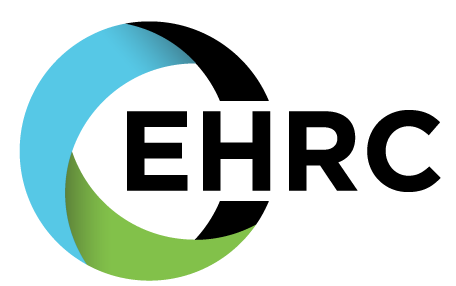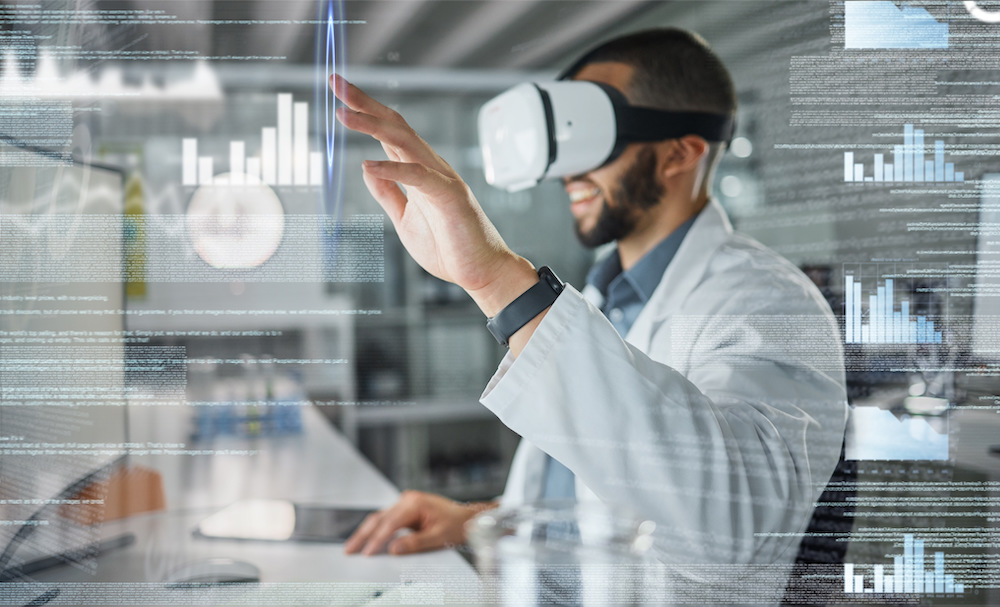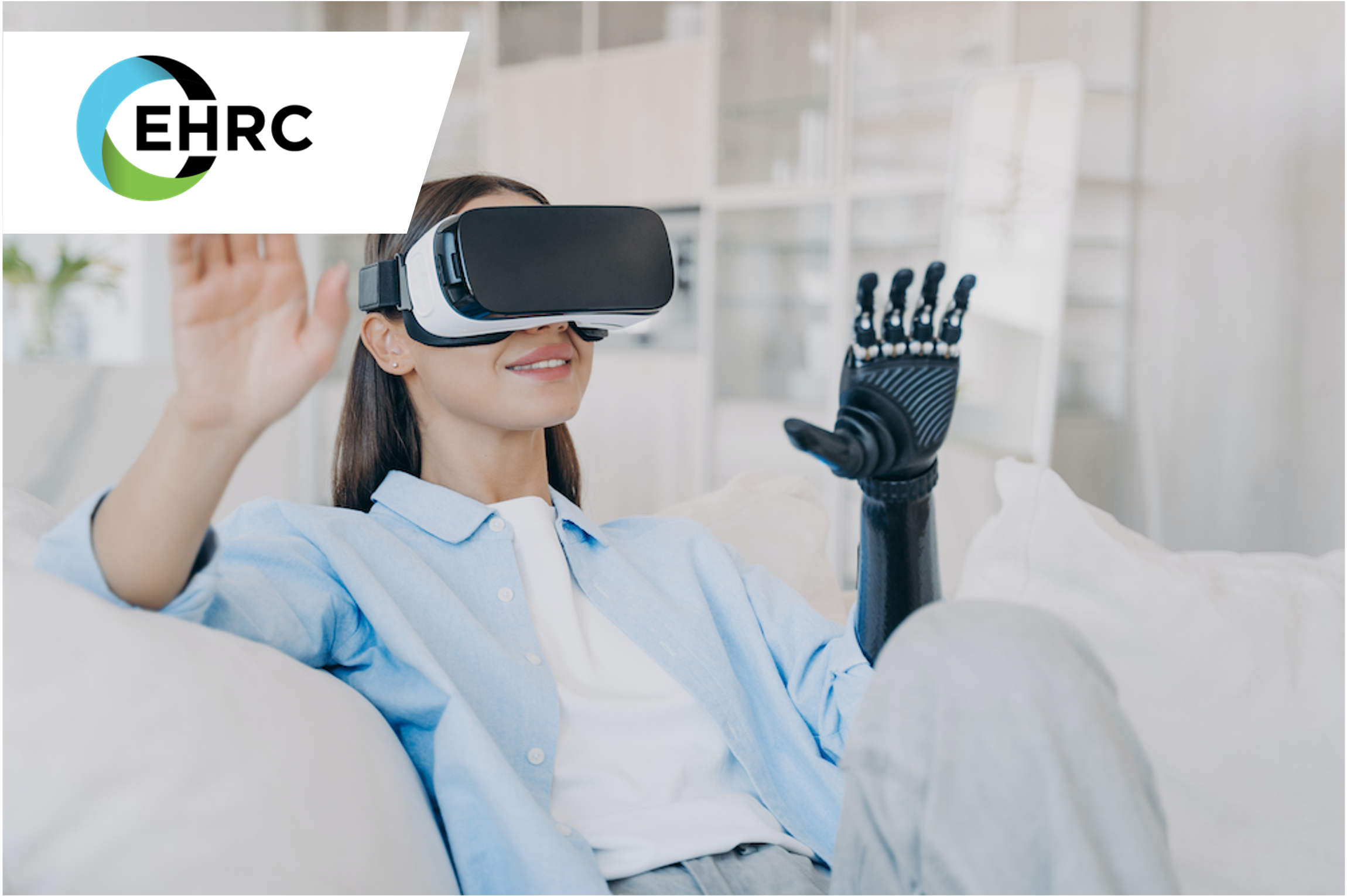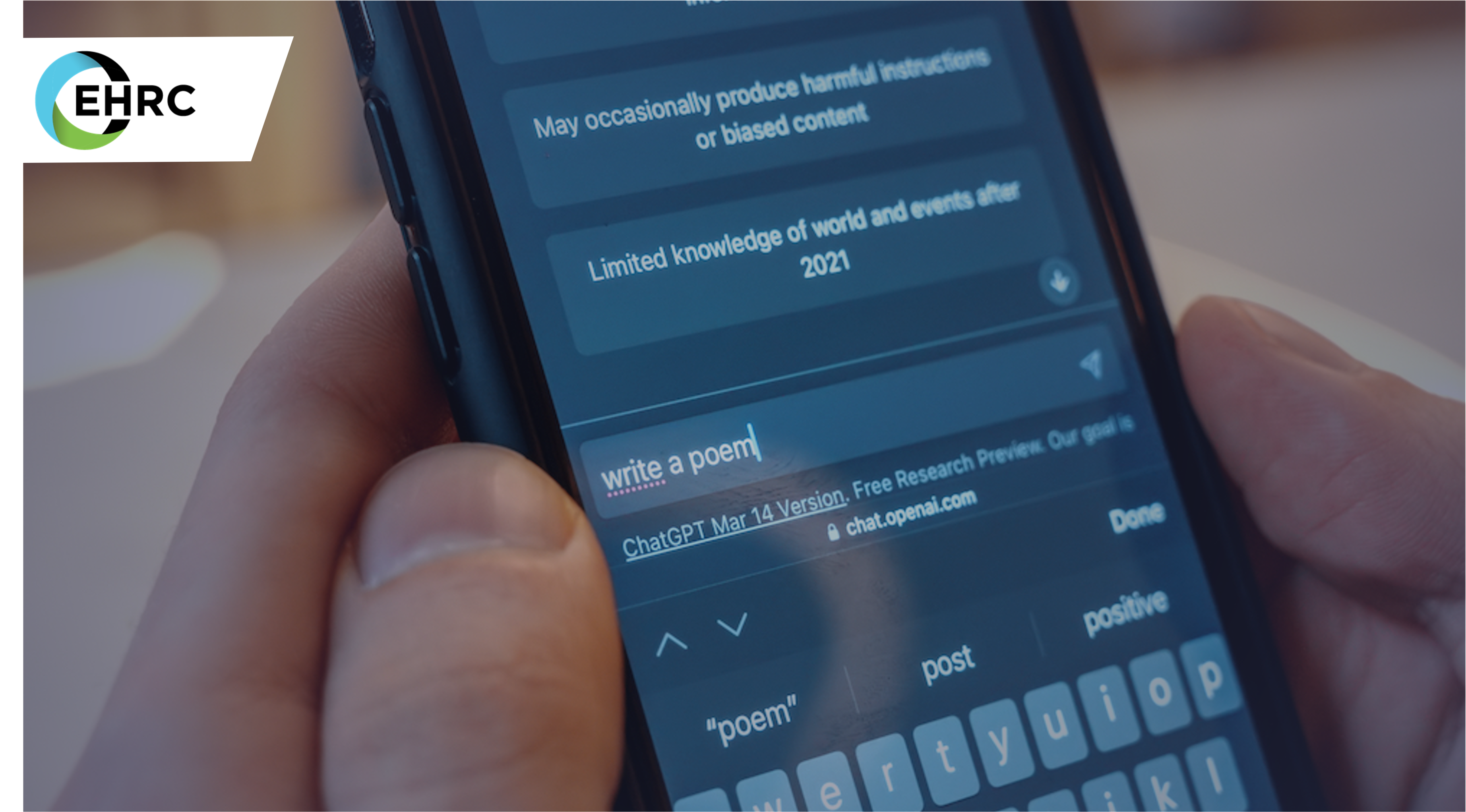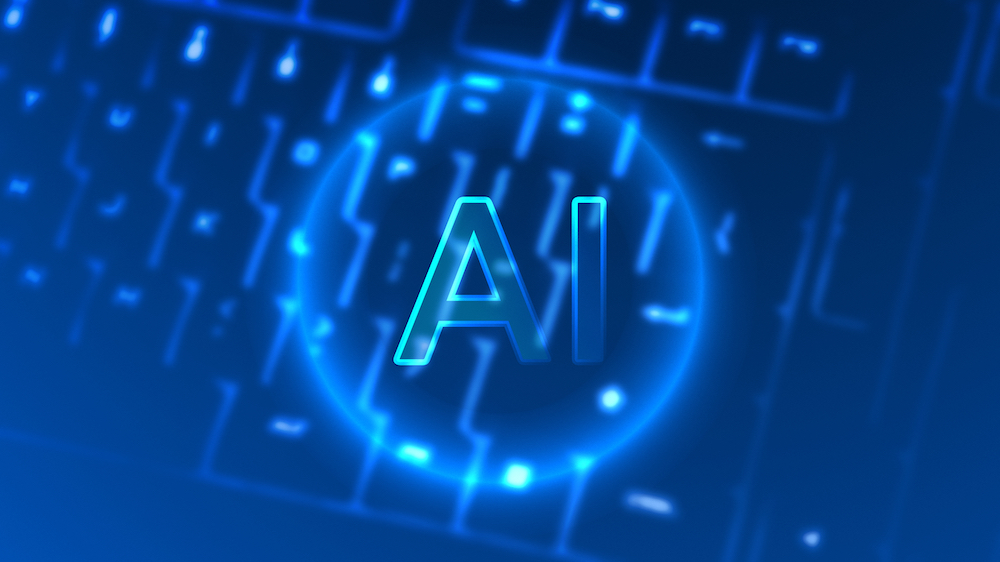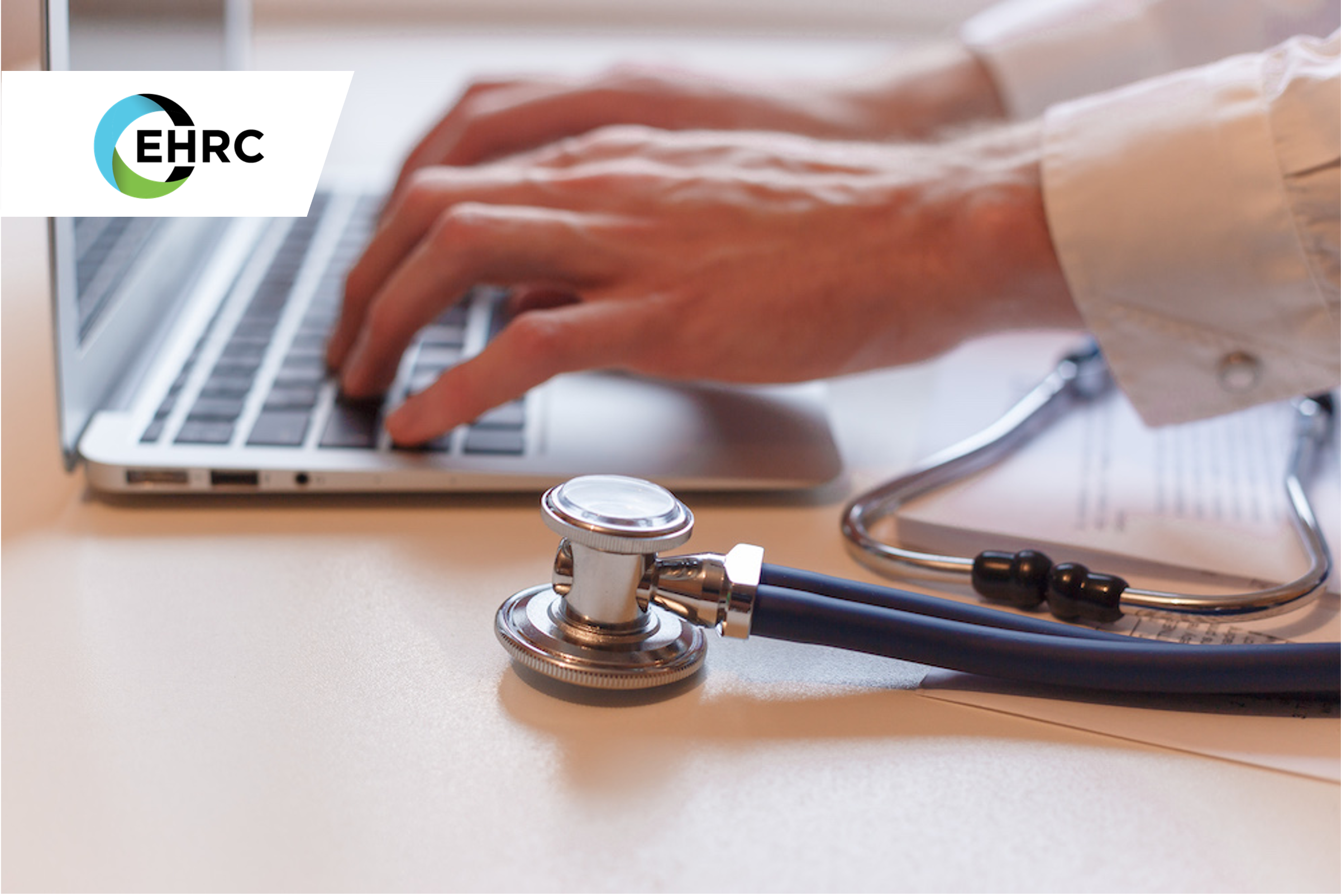
5 Strategies for Engaging Patients and Improving Patient Satisfaction with Healthcare IT
Patient engagement encourages patients to take an active role in their health care. When engaged, patients are more likely to follow their treatment plans, adhere to medications, and make healthy lifestyle changes. This can lead to improved health outcomes and patient satisfaction.
Healthcare IT can play a significant role in engaging patients and improving patient satisfaction.
Here are 5 strategies healthcare organizations can use to help:
- Use patient portals. Patient portals are secure websites that allow patients to access their health records, test results, and appointment information. Patients can use patient portals to communicate with their providers, refill prescriptions, and schedule appointments. Patient portals can help patients stay informed about their care and make managing their health more accessible.
- Offer Telehealth services. Telehealth allows patients to see their providers remotely using video conferencing technology. This can be a convenient option for patients who live in rural areas or who have difficulty getting to the doctor’s office. Telehealth can also help patients avoid long wait times and improve access to care.
- Use mobile apps. Several mobile apps can be used to improve patient engagement. These apps can be used to track health data, provide educational materials, and remind patients about appointments. Mobile apps can help patients stay connected with their care and make managing their health more accessible.
- Use predictive analytics. Predictive analytics can be used to identify patients who are at risk for poor health outcomes. This information can be used to target patients with interventions that can help improve their health. For example, patients at risk for heart disease can be sent reminders to exercise and eat healthy foods.
- Use artificial intelligence. Artificial intelligence (AI) is being used in various ways to improve patient engagement. For example, AI can be used to create chatbots that can answer patients’ questions and support them. AI can also be used to develop personalized treatment plans tailored to each patient’s needs.
In addition to the strategies mentioned above, here are some other ways that healthcare IT can be used to engage patients:
- Provide educational resources. Healthcare organizations can provide patients with educational resources like videos, articles, and infographics. This information can help patients learn more about their condition and how to manage it.
- Offer patient support groups. Patient support groups can provide patients a forum to share their experiences and connect with others going through the same thing. This can help patients feel less alone and more supported.
- Personalize communication. Healthcare organizations can use data to personalize their communications with patients. For example, they can send patients reminders about appointments or medication refills, or they can provide them with information about their condition tailored to their needs.
- Make it easy to give feedback. Healthcare organizations should make it easy for patients to provide feedback about their care. This feedback can be used to improve the patient experience and make care more engaging.
Conclusion
These strategies allow healthcare organizations to use IT to engage patients and improve patient satisfaction. This can lead to better health outcomes and a more rewarding patient and provider experience.
